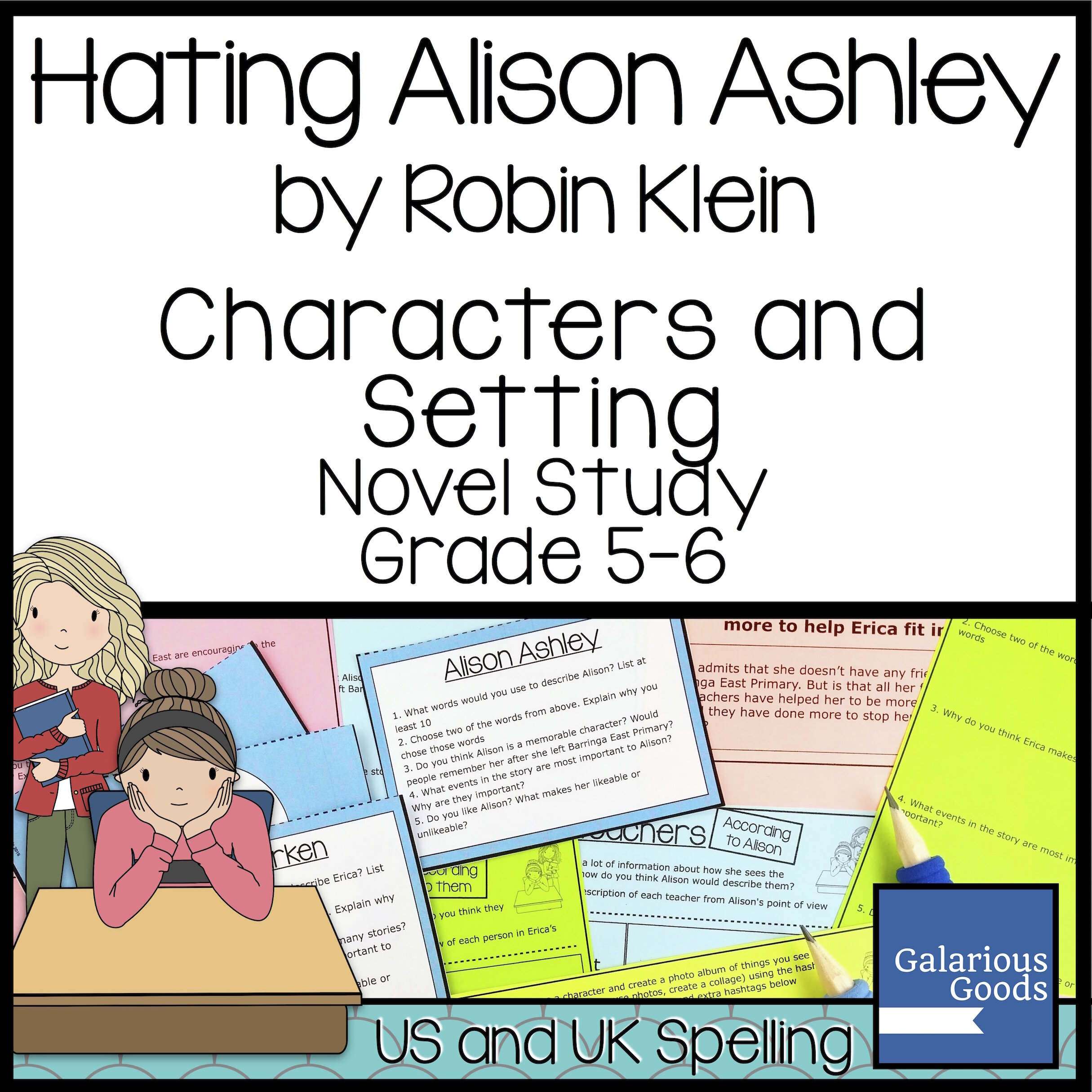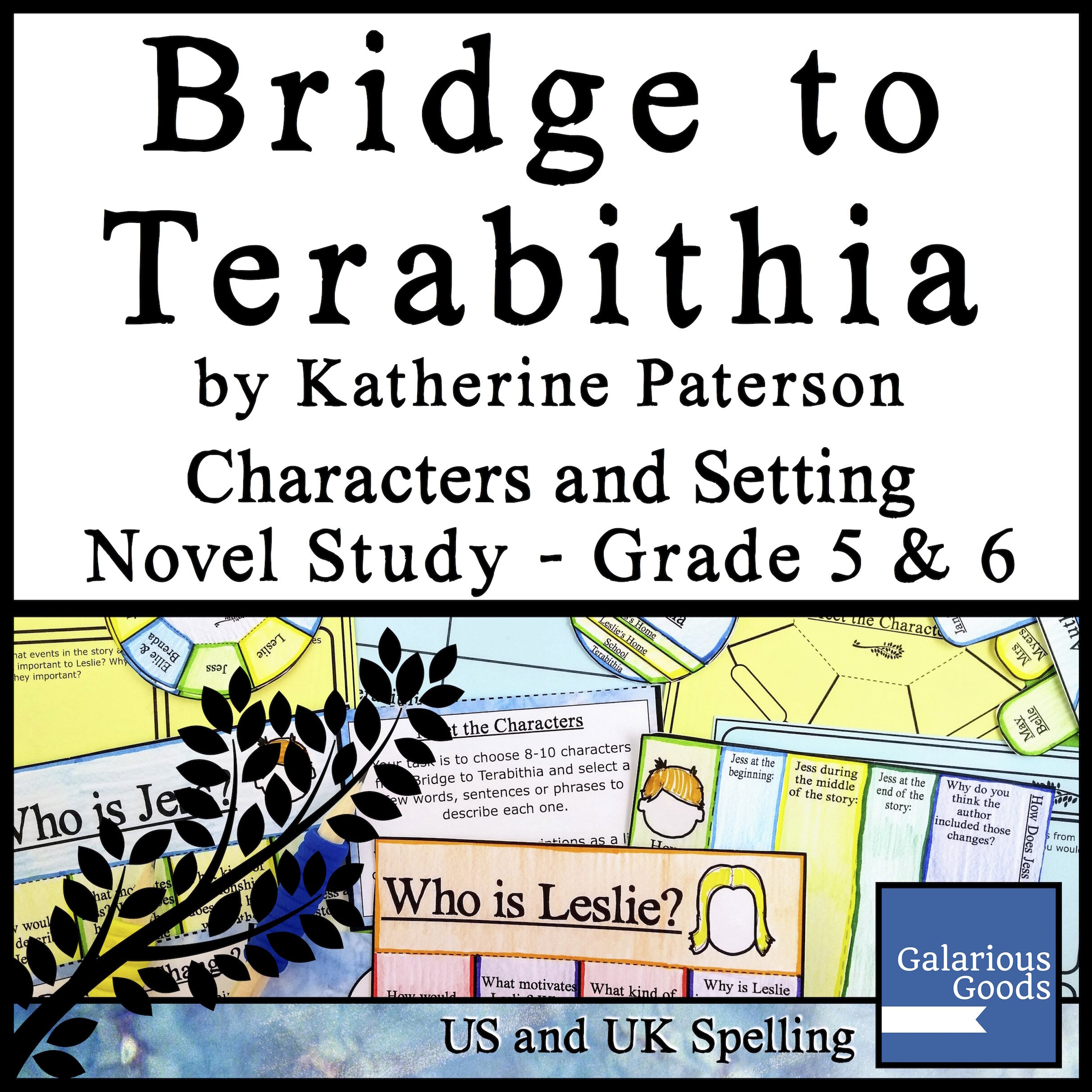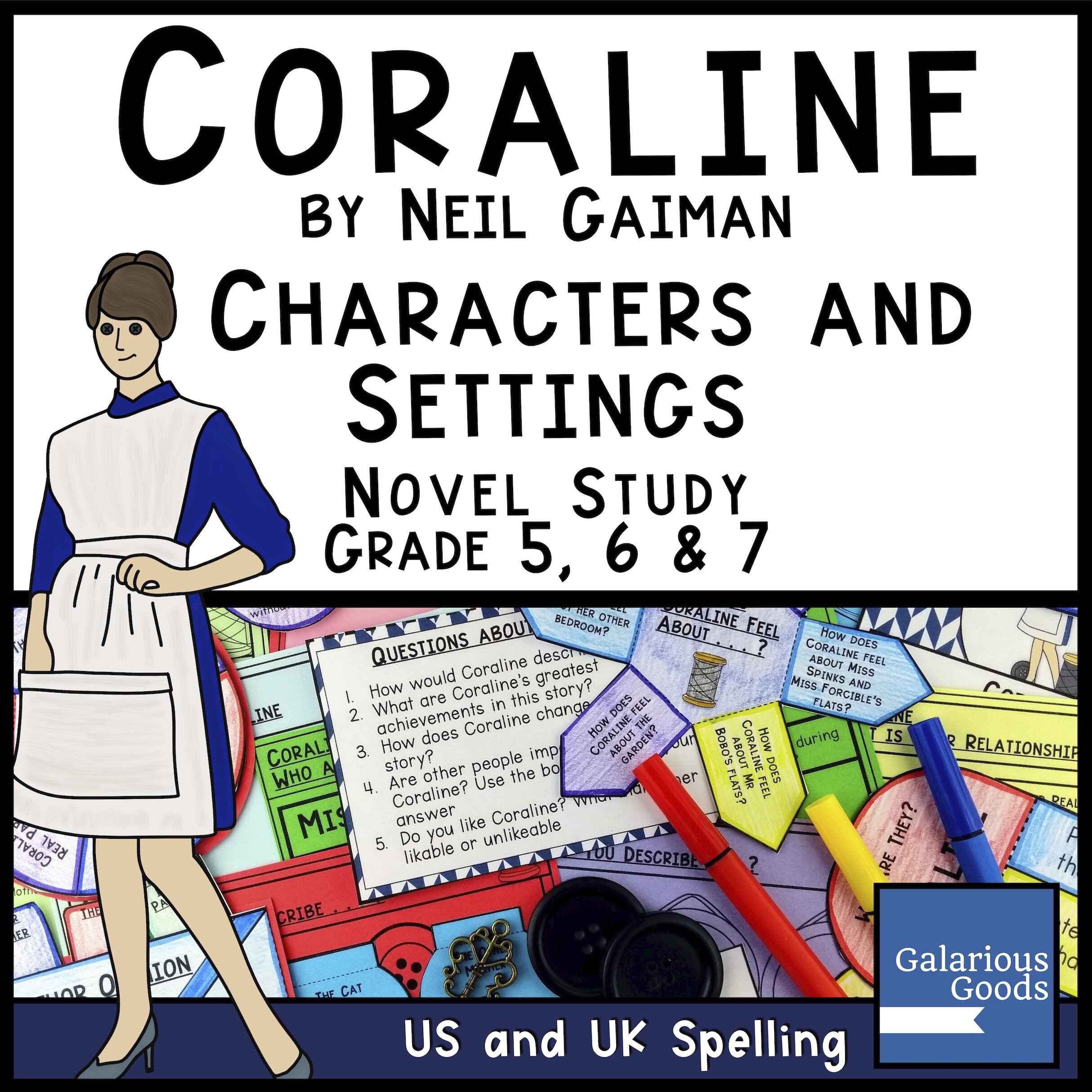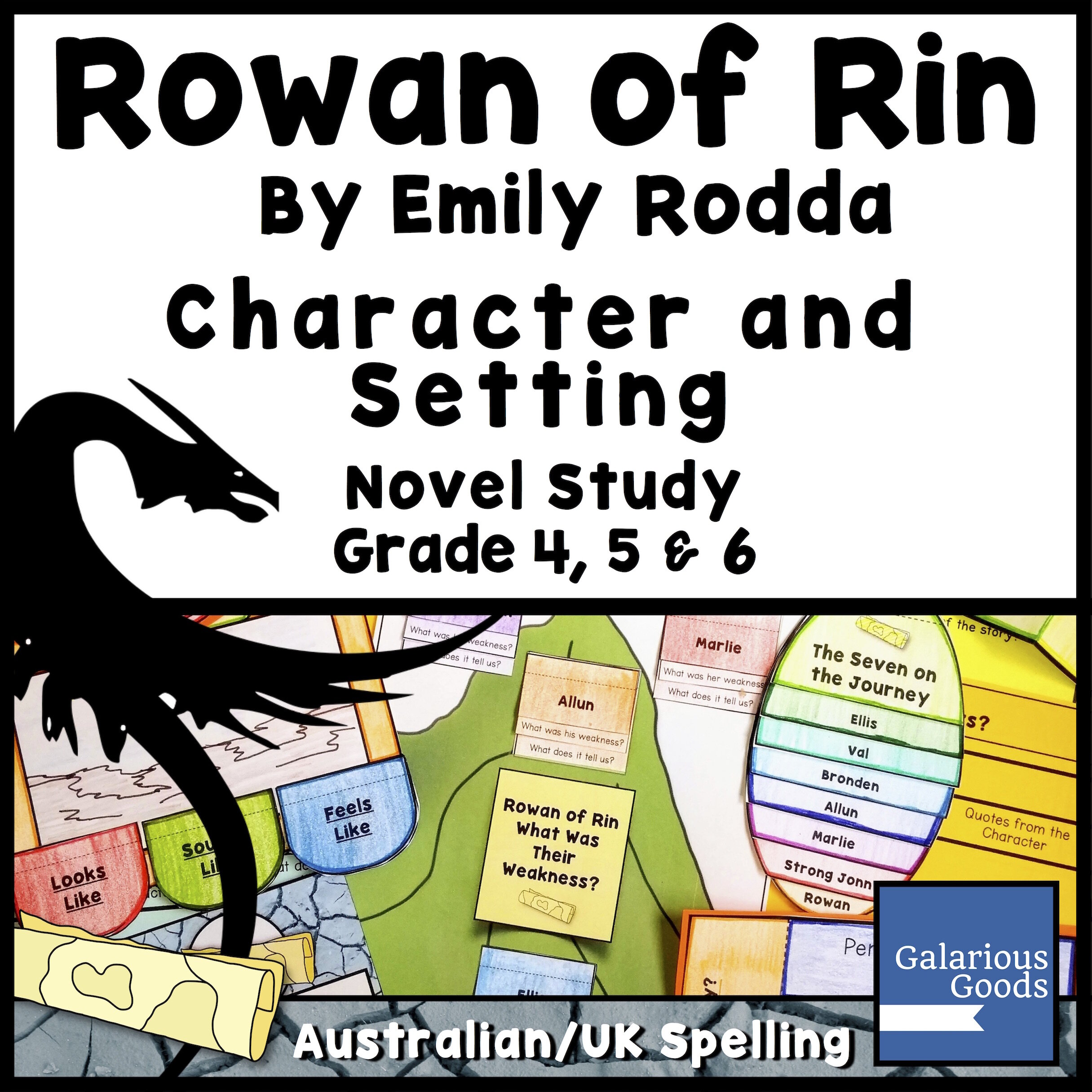Drawing and Describing a Place: Exploring Settings in Novel Studies
/How important is the setting when we’re exploring a novel? For some people the obvious answer is - well it depends on the novel. But many novels we explore in the classroom have rich and vivid settings and many of those settings benefit from a closer look. Here’s one easy way you can explore the settings when you engage in a novel study with your class.
Why settings are important
There are a range of reasons why settings are important to our stories. Sometimes even the seemingly mundane setting - a school or a suburban house - still tells us a lot about our characters and the events which are happening. But many settings are important for other reasons.
Sometimes the setting plays a starring role in the action of the story. The twisty path which requires Annemarie to move a little slower in Number the Stars has a direct impact on the events of the story. Similarly the magic of Terabithia comes as much from the place itself as it does from Jess and Leslie playing there with their imaginations - and has a direct impact on the most important part of the story. The different places Rowan and the other characters journey through in Rowan of Rin often decides who can go on and who will have to stop the journey at that point.
Other settings set the scene to allow us to better understand the story. Barringa East Primary tells us so much we need to know about the whole neighbourhood - and Erica Yurken - when we read Hating Alison Ashley. The refugee camp and then the detention camp which Jamal and Bibi find themselves in during Boy Overboard allow us to see both opportunities and hopelessness.
Sometimes the settings allow us to ask more questions. What does Coraline’s other house tell us about her real house? What does Leslie’s house tell us about her and her parents in Bridge to Terabithia? Why do the Rangers live tucked away in little cabins in the Ranger’s Apprentice books?
Why should we draw the places?
Once we recognise that the settings are important, we need to look at how our students can further explore them. One easy way is to look at what that setting contains.
By drawing the settings, students are looking at them from a different point of view, away from the words on the page. Students may not draw a setting perfectly, but they can think about what details they should include, beginning to think about which features are the most important. Students can also use this experience of drawing the setting to develop more questions about it. They might ask why an author chose to include a particular detail or why one aspect of the setting was more important to the main character than another.
Students can go further by labelling or annotating their drawing. They can add words, arrows or symbols to their drawing to add extra meaning or to help them gain a better understanding of the place created by the author.
Another way to draw the setting is from the bird's eye view, like a map or a diagram showing the different elements of the place. Students might like to combine a map and a drawing to show a better understanding of the setting.
Why should we describe the places?
Once students have moved the words from the book into pictures on a page, they can go back and describe the setting in their own words. This helps students to cement their understanding, to show how the characters interact with the setting or how the setting plays a role in the narrative.
An easy way to write a description is to think about what the setting looks like, what it sounds like and what it might feel like to the people who are standing in that setting. This way of describing a setting ensures that the experiences of the characters is related back to the setting. Students can also write a more traditional description or they could reflect on how a stranger or a different character might describe the setting differently to the main characters.
These words and drawings can be placed together and students might like to return to one or both of them to adjust them as they continue to look at the novel. You can also combine the different drawings and descriptions in the class, allowing students to explore the different ways their classmates experienced the same setting. This is a great activity to put together as a classroom display or to show in the school office or the school library.


















